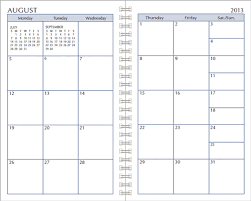Integrating journaling in your daily life
The biggest mistake is to journal only in reaction to something that is going on, instead of letting it be part of a system.
Make writing in your personal journal part of your everyday routine.
5.14K
35.6K reads
CURATED FROM
IDEAS CURATED BY
The idea is part of this collection:
Learn more about writing with this collection
How to manage workplace stress
How to prioritize and make better decisions
How to learn anything fast
Related collections
Similar ideas to Integrating journaling in your daily life
7 Daily Steps
- Start the day on your terms: Set yourself up for success by creating a morning routine on your terms.
- Morning pages: Writing 3 full pages of stream-of-consciousness thoughts.
- Grate...
Journaling on a Calendar
Instead of getting a notebook to journal in, get a (large) desk calendar or date book, and then just challenge yourself to write a sentence or two every day, on that day.
This small amount of writing a day feels attainable. By writing it on a calendar, it’s very obvious wh...
A journaling habit
Taking notes or only writing down things or ideas is creating an extension of your mind.
Your thoughts will be recorded, and the routine of writing them down will enable you to think more thoroughly and improve your way of thinking.
Read & Learn
20x Faster
without
deepstash
with
deepstash
with
deepstash
Personalized microlearning
—
100+ Learning Journeys
—
Access to 200,000+ ideas
—
Access to the mobile app
—
Unlimited idea saving
—
—
Unlimited history
—
—
Unlimited listening to ideas
—
—
Downloading & offline access
—
—
Supercharge your mind with one idea per day
Enter your email and spend 1 minute every day to learn something new.
I agree to receive email updates



